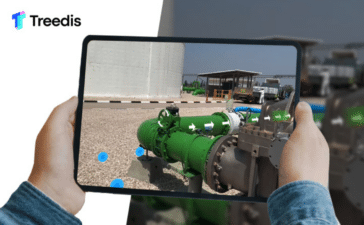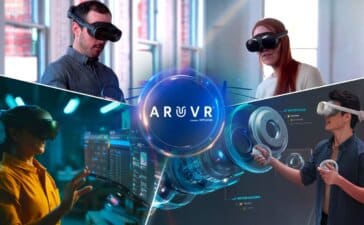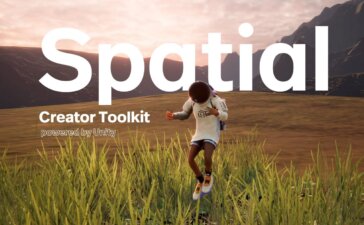Treedis Transforms Physical Spaces Into Hybrid Experiences With a New Augmented Reality App
Augmented reality (AR) transforms how we view the world and do things. Since its first introduction in the 1960s, it has rapidly developed and been used extensively in fashion, marketing, the military, aviation, manufacturing, tourism, and many others.
Consumers are increasingly becoming adept at using augmented reality apps to try on products, learn new things, and discover information about their surroundings. Research shows that 56% of shoppers cite AR as giving them more confidence about a product’s quality, and 61% prefer to shop with retailers with AR experiences.
Aside from its impact on brands, AR is also transforming how companies operate internally by introducing better ways to perform jobs, train employees, and develop new designs.
No-Code Platform for Creating Your Own Immersive Experience
Creating AR experiences is no walk in the park. Firms that want to implement their own augmented reality apps require working with talented in-house app builders or purchasing from third-party app builders, with costs ranging from tens to hundreds of thousands of dollars.
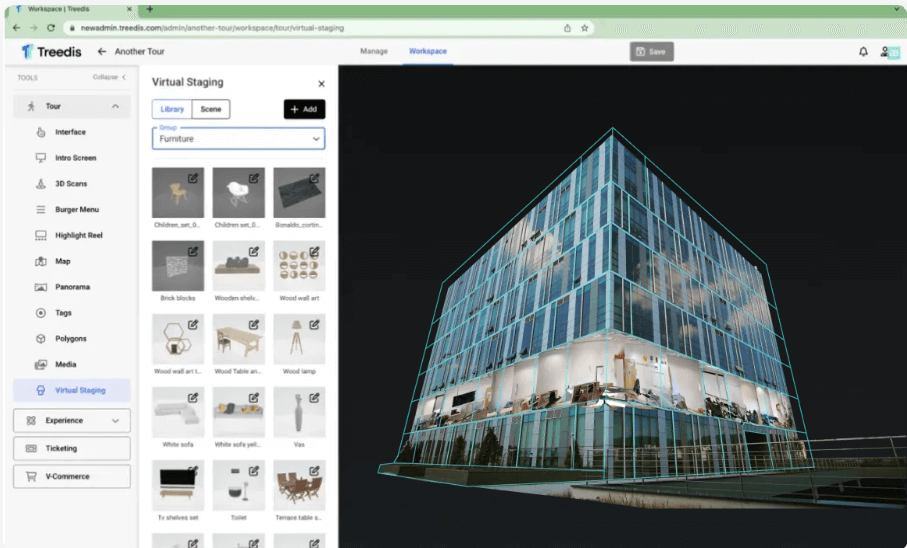
Treedis makes the process simple with its Software-as-a-Service platform, which helps users create immersive experiences using a no-code drag-and-drop visual editor. Users can create digital, virtual reality, and augmented reality dimensions of their digital twin with just a single scan.
Digital twins are immersive, interactive, and accurate 3D models of physical spaces. They’re a digital replica of devices, people, processes, and systems whose purpose is to create cost-effective simulations that help decision-makers make data-driven choices.
Powered by Matterport technology, Treedis helps companies create these immersive experiences for retail, training, marketing, onboarding, games, and more.
Enhancing Digital Twins With an Augmented Reality App
According to Treedis CEO Omer Shamay, the Treedis augmented reality app helps you “view enhanced versions of your digital twins within their physical counterparts.” You can visualize any changes or modifications in real time and view all the 3D objects, tags, directions, and content in the digital twin.
“Any changes made to your digital twin will be instantly visible in AR, ensuring seamless collaboration and communication across your team,” Shamay adds.
The platform helps 3D creators and enterprises create an immersive and powerful digital experience for their users, so they can fully harness the benefits of AR solutions without huge developmental costs or challenges.
It can be used extensively for creating unique shopping experiences that incorporate elements of virtual commerce and gamification features. It’s ideal for developing immersive learning experiences to help learners grasp concepts better through physical interaction with their environment. The app can also be used to provide indoor navigation for guiding visitors to different access points and key locations within a space.
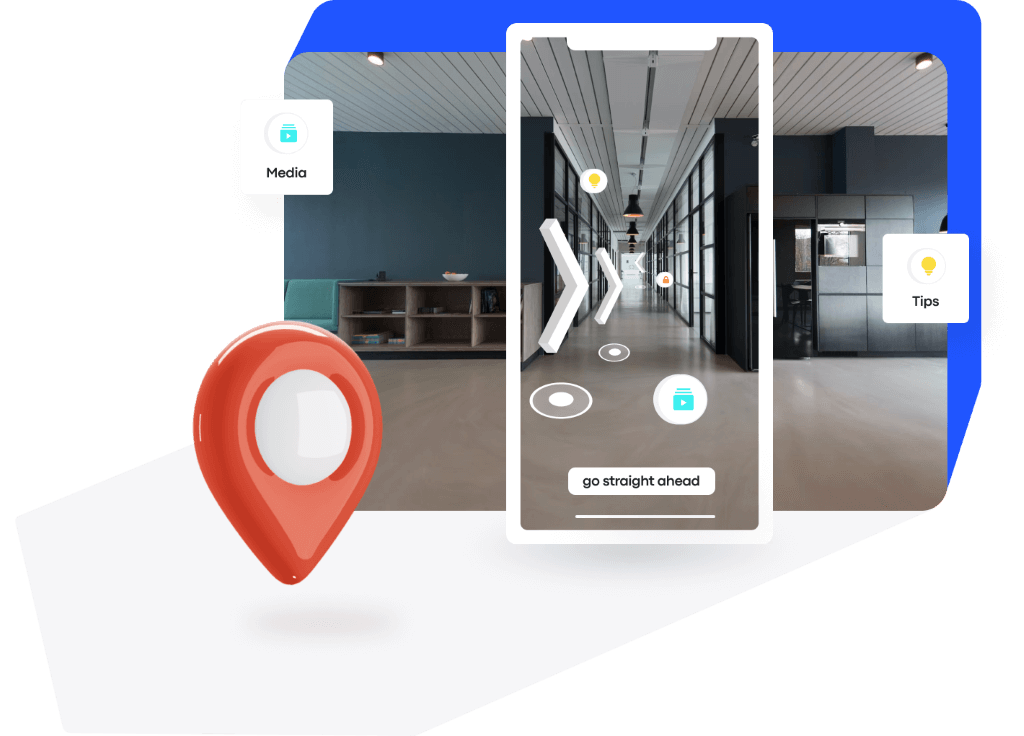
The app is already available for Treedis’ enterprise users and promises to be “an accessible app with low prices and an easy-to-use AR solution,” according to Shamay.
With AR becoming more accessible, it won’t be long before more brands and firms adapt the technology and provide better and enhanced experiences to their audiences.
